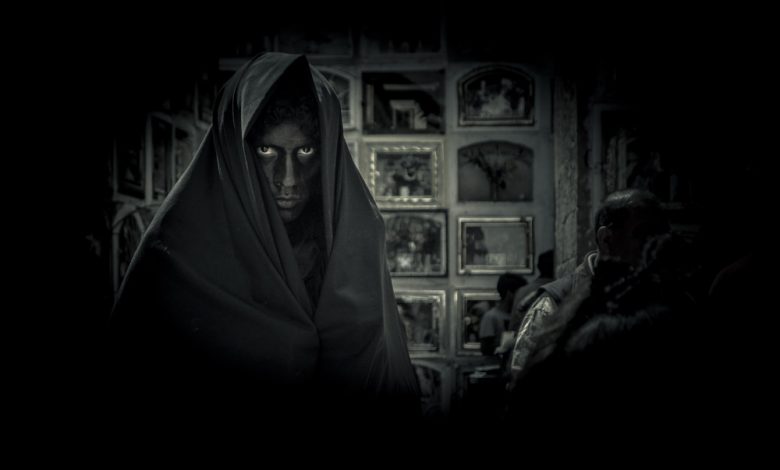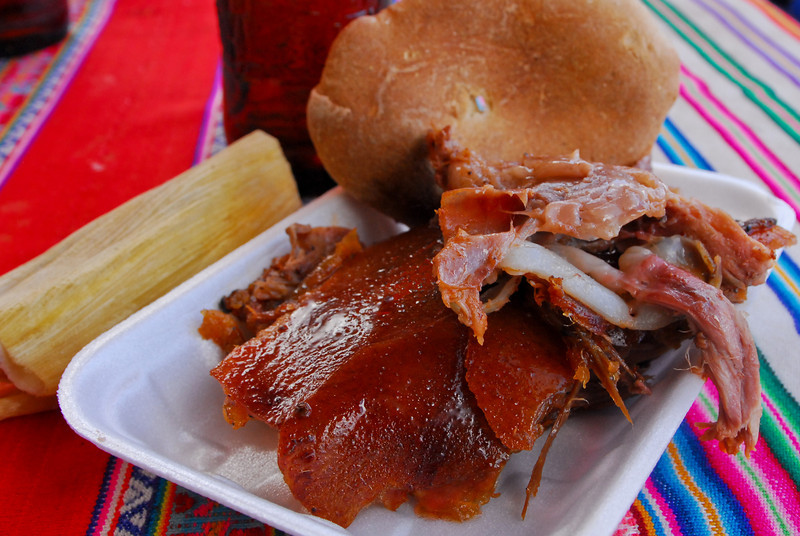Opposites Meet in Family, the Living and the Dead in Cusco

Day of Dead in Almudena Cemetery
The living and the dead come together in a feast, one day for each. That was the celebration in Cusco over the last two days. In either case, the feasting focused on family and on eating, drinking, and being together across the divide between the living and the dead.
Of course, this was not the only divide expressed in this feast. There was also the separation of men and women marked distinctly in bread, bread babies and bread horses—the one for girls and the other for boys.

The horse intrigues me, coming as it does from Spain to Peru with the invaders. It seems an animal of movement, of travel. It suggests to me that while the girls will stay near and keep the continuity of family going from one generation to the next, the boy are, as it were, given little passports in the horses. They obtain permission to leave and to explore.

As a result in this is another contrast, that between inside and outside. The girls by implication are associated with inside the family, but also with the world inside from which babies come and to which the dead go while the boys move through the other side, the outside.
Dualism, two different things meeting while staying separate is common in Peru. It is tempting to argue origins as Westerners and sometimes ideologues are wont to do. However, this feast of two joining in eating while keeping separate—they never fuse—should give us a warning not just about fusion but about making overly clean ideas on origins.
Peru is not the only place this day of All Saints and All Souls is celebrated. A duality is built into the feast within the Christian calendar as a celebration first of all Christian saints so as to make up for any defects in celebration throughout the year followed by a celebration of the Christian departed. The boundary is between those sanctified and dead and other Christians also dead, surrounded by a world of non-Christians who are not celebrated and by a world of the living who do the celebrating.

The feast in Cusco is different. It separates family and the rest of people who may also be celebrating in their families. This is not a contrast into us and all other people, like that of the Christian and non-Christian, but rather one of a specific us among all the others like us who are also celebrating. It is one of a family among and next to other families.
It is also not a division of the saints and the lay dead, rather it is one where those who are alive take a day to celebrate themselves in family before joining in a whole family with their dead the next day.
There is a difference between the Christian understanding of the feast and the ways it is adapted and carried out in Peru. This is different from Mexico, where the feast has become ever more widespread and has even spread along with the children of Mexico into the Anglo north.
However, the Mexican celebration comes with big, ideological imaginings of a continuity with an Aztec veneration of death. The honored historian Elsa Malvido of the National Institute of Anthropology and History in Mexico City notes that in reality the feast with its ideas of hosting the dead is one that has deep roots in the Roman world and that the Spanish brought it to Mexico—as well as to Peru and other parts of Latin America. She argues the nationalist intellectuals of the 30s are the ones who tried to make it more indigenous and, they felt, more Mexican.

This is a problem of origins. The anthropologist historian Peter Gose argues that in post-Invasion Peru, there was a kind of struggle over the indigenous dead in which many Christianizers tried to burn and destroy mummies and ancestors to cut people’s ties to old ways, while trying to get them to bury dead in Churches and later Church cemeteries as a means of Christianizing the past and, hence, the present. Gose argues that over time the Indigenous Peruvians did the Spanish one better. They claimed their ancestors always already were Christians and were White people.
Both sides of the struggle over the dead, though they were not always so cleanly divided, were attempting to encompass the other in something meaningful.The Days of the Dead and Living carry hints of that process inside the feast, in which the horse is an important part of the celebration and comes to symbolize boys and boy’s relationships to these other ancestors who came mounted on the horses.
The feast is wonderfully simple. People come together in their families and eat, two days running, once at their home and once in the home of the dead, the cemetery. But it is also wondrously complex and carries lots of meaning.

References:
Peter Gose, Invaders as Ancestors: On the Intercultural Making and Unmaking of Spanish Colonialism in the Andes (University of Toronto Press, 2008).
Anna Lagos, “Día de muertos, de origen europeo y no prehispánico: INAH”, Terra (8 Oct. 2013)
http://vidayestilo.terra.com.mx/halloween-y-dia-de-muertos/dia-de-muertos-de-origen-europeo-y-no-prehispanico-inah,e7ae92e090a91410VgnVCM4000009bcceb0aRCRD.html (Consulted November 2, 2015)






“Among and next to” is a concept I keep running into lately. Such an eloquent embodiment of contradiction in the Peruvian celebration of the Living and Dead days, especially in what seem to be myriad expressions of together-separate-ness through food and eating traditions.
I wonder about origins and this always-already contradiction. It’s a bit brain-bending to try tracing culture to a single point, especially if I suppose (as a thought experiment) that I do find a culture in its purity–and then perhaps I visit it expecting uniformity or something–only to discover that this pure culture holds celebrations of contradiction. Like the families in Peru who are both among and next to each other. On the other hand, perhaps the contradictory nature of together-separate-ness IS culture in its purity.
My opinion: the paradoxes in Peru’s Living and Dead days are healthy. Perhaps in some way they are an enacting of myth, or, maybe more succintly put, a way to manage existential contradiction and embrace the complexites of origin and ancestry.
Thank you for the Dasein moment. A total mood booster.